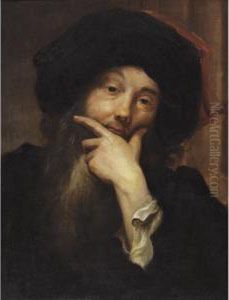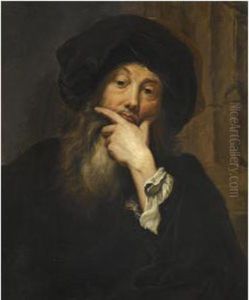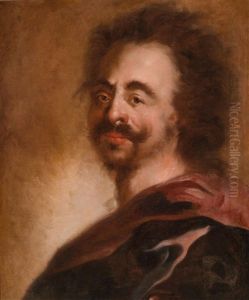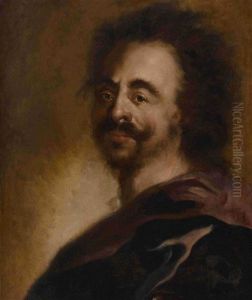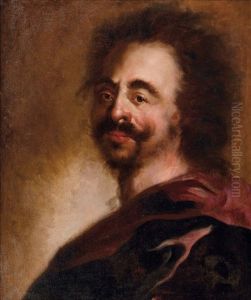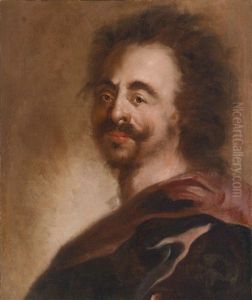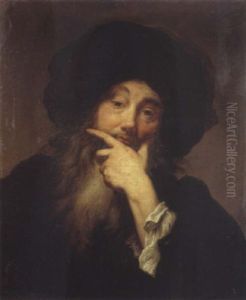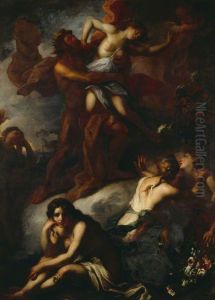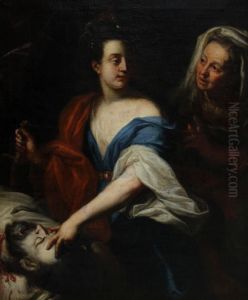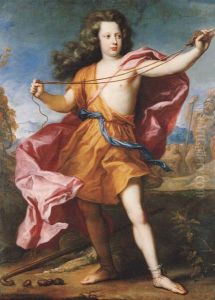Anthoni Schoonjans Paintings
Anthoni Schoonjans was a Flemish painter who gained prominence during the Baroque period. Born in 1655 in Antwerp, Belgium, he was part of a region that had a rich tradition of art and had produced many notable artists before him, particularly in the Baroque era, which was characterized by its dramatic, detailed, and emotionally expressive style. Schoonjans initially trained in Antwerp, a hub for artists at the time, and his early work was influenced by the strong artistic culture of the city.
In his pursuit of artistic development, Schoonjans traveled extensively, which was quite common for European artists of his time seeking to broaden their horizons and skills. His travels took him through various parts of Europe, including Italy, where he was particularly influenced by the Roman Baroque style. During his time in Italy, he studied the works of masters like Caravaggio and incorporated their use of chiaroscuro and strong contrasts between light and shadow into his own paintings.
Schoonjans eventually returned to the Low Countries and worked in several cities, including Brussels and Vienna. His reputation grew, and he became known for his portraits and religious subjects. He was skilled in capturing the character and essence of his sitters, which made his portraits sought after by the elite of his time. His religious paintings, on the other hand, reflected the intense spirituality and drama of the Baroque movement.
Despite his travels and the influence of Italian art, Schoonjans maintained a distinctly Flemish sensibility in his work. His paintings often featured the lush textures and rich colors that were trademarks of Flemish art. Over time, he developed a personal style that, while reflective of the grandeur of the Baroque, was also imbued with a level of sensitivity and refinement.
Anthoni Schoonjans died in 1726, leaving behind a body of work that contributed to the rich tapestry of Baroque art. While he may not be as widely recognized today as some of his contemporaries, his paintings continue to be appreciated for their technical skill and emotional depth. His works can be found in various museums and collections in Europe, attesting to his lasting impact on the art world.
